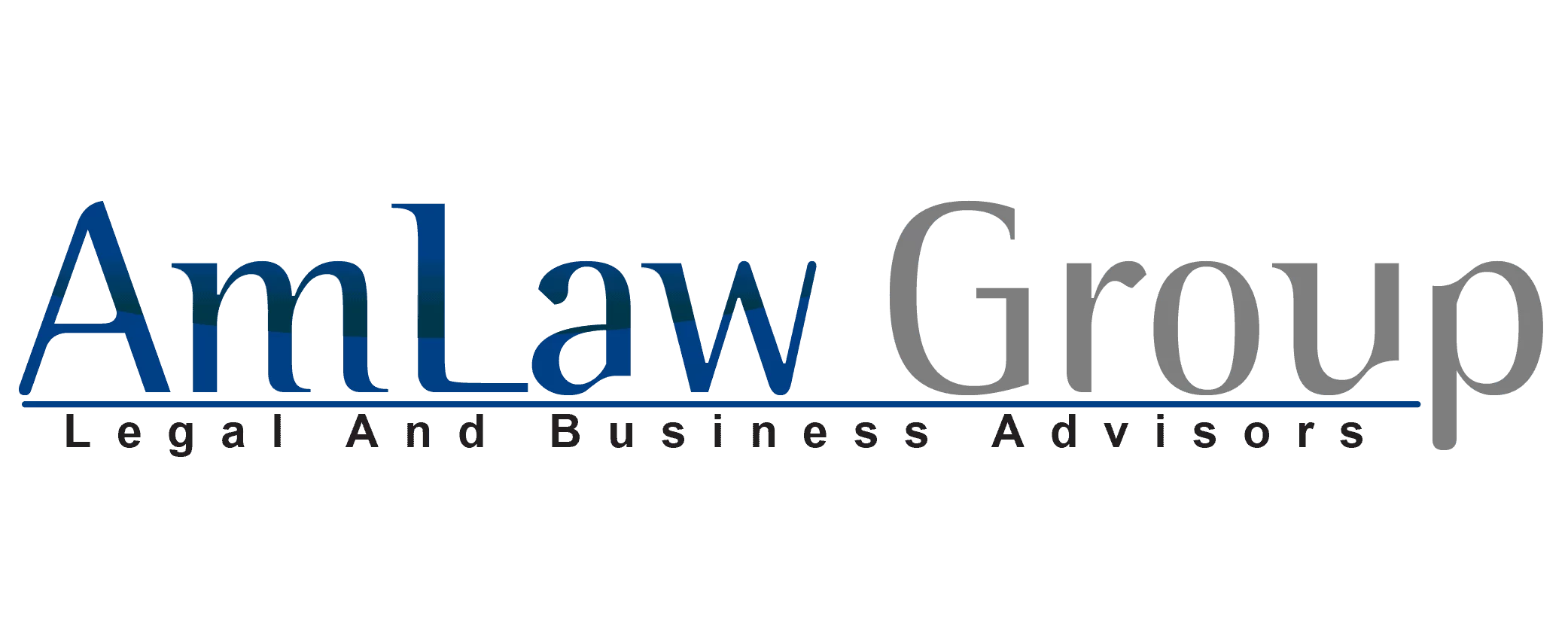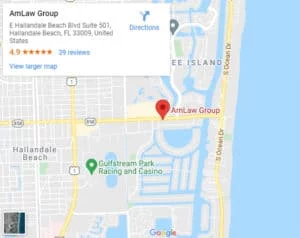L-1 Visa Processing Changes: What It Means for Spouses and Families (2025 Update)
Introduction:
Navigating the complexities of H-1B and L-1 visas can be challenging, especially for families. A recent change in policy regarding dependent visas (H-4 and L-2) is causing concern for many.
This article breaks down the implications of the expiring Edakunni v. Mayorkas settlement and what it could mean for processing times, work authorization, and families.
Background: The Edakunni Settlement
Prior to 2019, the United States Citizenship and Immigration Services (USCIS) typically processed H-1B/L-1 visa applications concurrently with those of their spouses and children (H-4/L-2). This streamlined process ensured families received their approvals together. However, in 2019, USCIS began processing these applications separately, leading to significant delays for dependents.
The Edakunni v. Mayorkas lawsuit challenged this change, and a settlement was reached in 2021. This settlement mandated that USCIS process H-1B/L-1 applications in conjunction with H-4/L-2 applications, restoring the previous, more efficient system. This also had a positive impact on processing times for H-4 Employment Authorization Documents (EADs), thanks to a related settlement in Shergill v. Mayorkas.
The End of the Settlement: What Happens Now?
On January 10, 2025, USCIS announced its intention not to extend the Edakunni settlement. This decision has significant implications for H-1B/L-1 visa holders and their families.
Potential Impacts of the Expiring Settlement:
- H-4 EAD Delays: Delays in H-4 status extensions will inevitably lead to delays in H-4 EAD processing. This can create financial hardship for families reliant on the spouse’s income and cause disruptions for employers.
- Separate Processing: Without the settlement, H-1B/L-1 and H-4/L-2 applications will likely be processed separately. This disjointed processing can result in significant waiting times for dependents, even after the principal applicant’s petition is approved.
- Increased Administrative Burden: Separate processing may require applicants to submit additional documentation, attend more interviews, and navigate a more complex process, increasing the workload for both individuals and employers.
- Impact on H-4 EAD Holders: The future of H-4 EADs is uncertain. Delays in H-4 processing could lead to job losses and force individuals to leave their positions while awaiting approvals.
- Potential Legal Challenges: The expiration of the settlement may prompt legal challenges from advocacy groups and businesses, potentially leading to further litigation and policy changes.
Conclusion:
The end of the Edakunni settlement creates uncertainty and potential hardship for families navigating the H-1B/L-1 visa process. Longer processing times and the potential for disruptions to work authorization are significant concerns. It is crucial for individuals and employers to stay informed about these changes.
What to Do If Your Application is Delayed:
If you are experiencing unreasonable delays in your L-1 or L-2 visa application, it’s important to explore your options. Contact the immigration attorneys at AmLaw Group to discuss your specific situation and explore potential solutions. We can help you understand your rights and navigate the complexities of the current immigration landscape.
Ask A Business Immigration Lawyer

Start your new future in the U.S. now!
Related Posts

Miami Office
AmLaw Group
1920 E Hallandale Beach Blvd Suite 709 Hallandale Beach, FL 33009
Copyright 2025 AmLaw Group - All Rights Reserved | Powered by Advantage Attorney Marketing & Cloud Solutions




